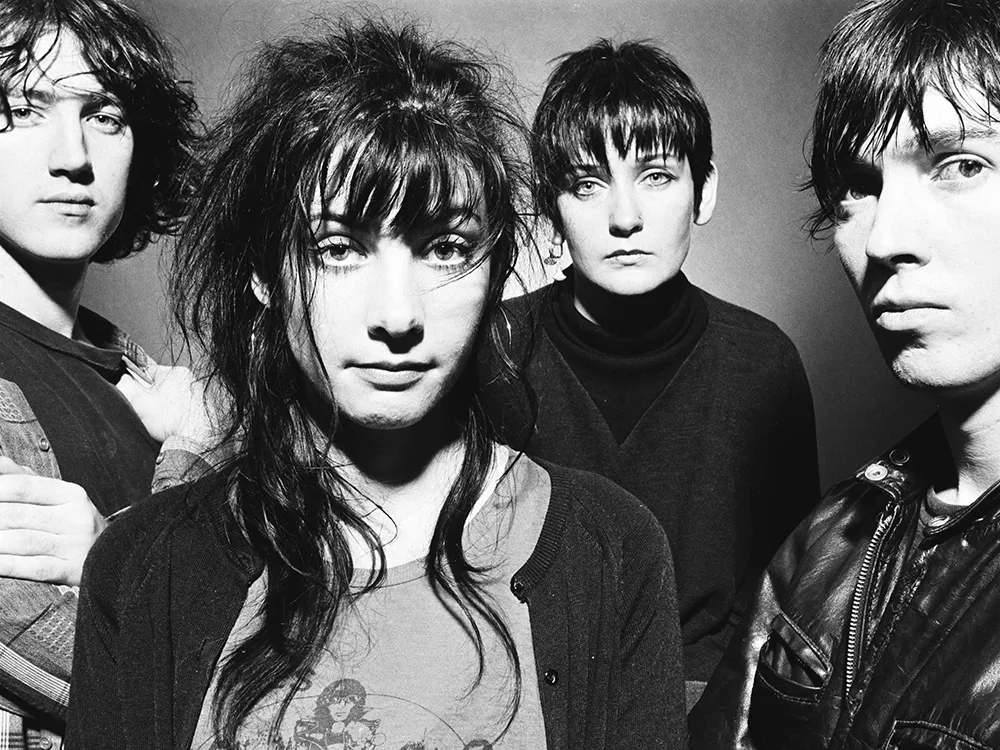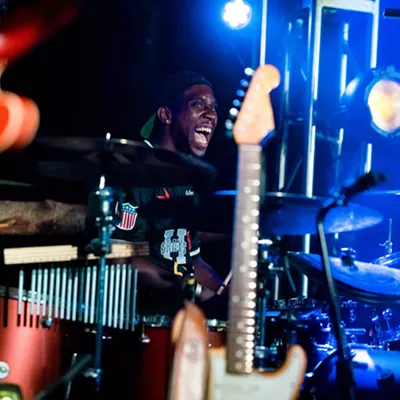MBV, the first record by Irish shoegaze pioneers My Bloody Valentine in more than 20 years, isn’t just a return or a resurrection — it’s a full-on Second Coming, all religious implications intended.
My Bloody Valentine made a splash in late 1991 with the release of their monumental sophomore LP Loveless, a record that still melts faces to this day. Loveless is as close to perfect as almost any album has ever come: oscillating wildly between brazenly loud, distorted tones and hushed whispers, it is both a gentle kiss and punch to the gut — often delivered at the same time.
Though Loveless was by no measure the first music called “shoegaze,” it spawned countless copycats and became the quintessential example of the genre. The album uses dozens of guitar effects pedals, and, strangely, by doing so, lead guitarist and songwriter Kevin Shields crafted warped but gentle pop music from obscenely harsh tones.
The long-awaited follow-up, simply titled MBV, finally came just two short weeks ago — 21 years after the release of Loveless. And it was well worth the wait. Not simply a long-overdue record from a beloved indie group, MBV will likely be the beginning of a musical trend that sees shoegazing return louder, stranger and darker than ever.
The record itself is a gem, a virtually flawless cavalcade of tones and frequencies that somehow comes out sounding like pop. Shields’ sharp guitar crunch remains completely intact, and vocalist Bilinda Butcher still coos gracefully along with the noise like a siren in a storm.
The bigger picture here is what the bizarrely timed release of MBV means for shoegaze as an artform. When Loveless was released in 1991, it became the “coolest” record for artists to name-drop as their big influence. But it also provided the groundwork for a slew of new artists excited by the possibilities — Slowdive, Lush, Medicine — and even paved new paths for indie stalwarts like Yo La Tengo, Sonic Youth and The Jesus and Mary Chain, who all took musical advice from a band they had helped create.
So imagine what today’s fickle, hype-driven and gimmick-fixated music scene can do with this record. I mean no disrespect to artists or audiences, as the hype-machine has provided me with some of, if not all, my favorite current artists. But if the past is to be believed, records like MBV can set the tone of an entire musical atmosphere until the next big thing comes along. And, because the band has seniority and an already-established legendary status, the residual effects of MBV could be felt quickly across the rock spectrum.
My prediction is that, like Loveless before it, MBV is the beginning of a new wave of shoegazing artists, all eager to make the same distorted beauty as their hero Kevin Shields. And my hope is that the summer of 2013 is noisy as hell.






















